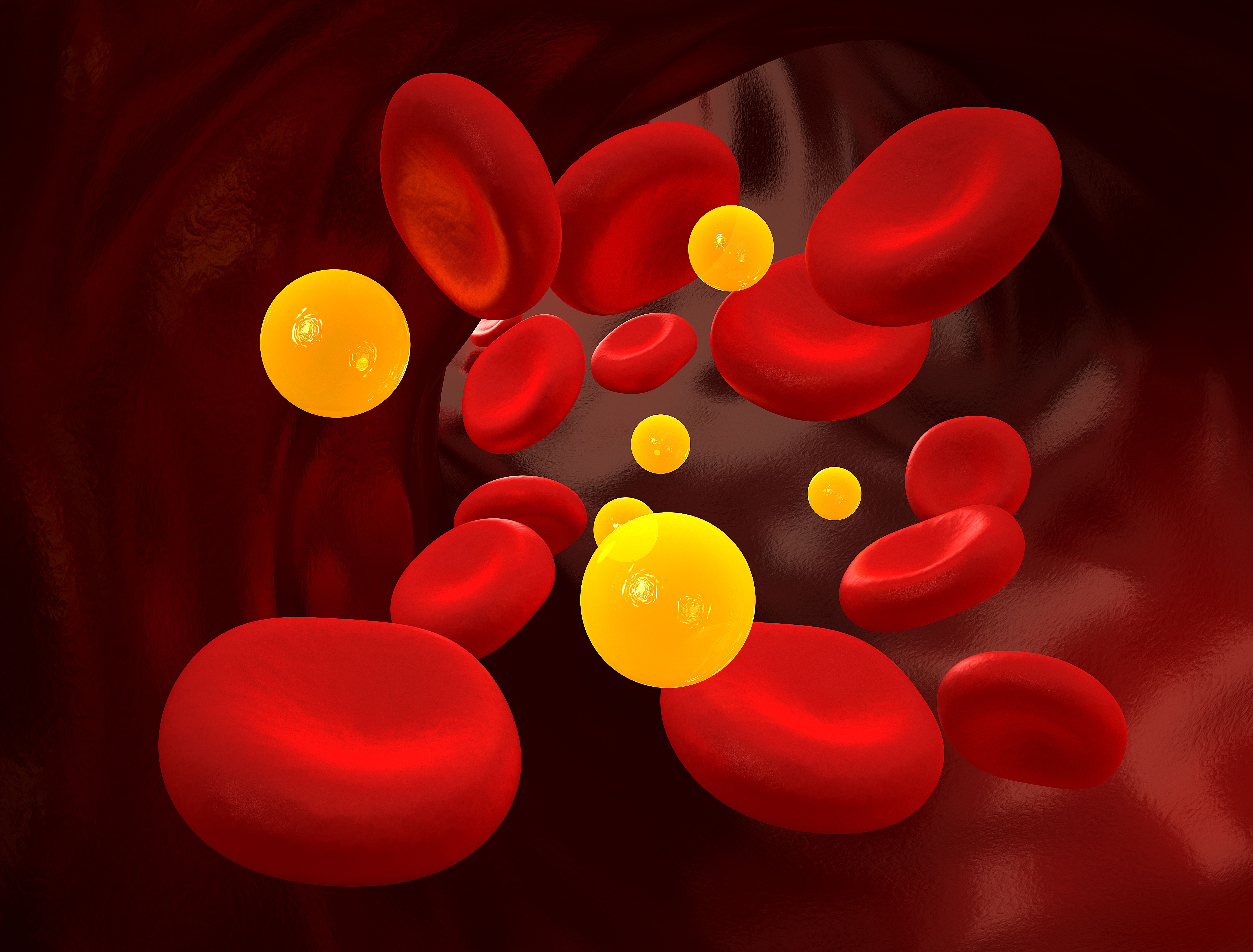Video
Approaching Statin Intolerance in Patients With CVD Risk
Author(s):
Transcript:
Joyce L. Ross, CRNP: When you’re explaining use of a PCSK9 inhibitor to your patient, how do you get them to understand how it works?
Lynne Braun, PhD, CNP: I talk to them about its mechanism of action. I explain how cholesterol is cleared from circulation, and that if they have too much of this protein, PCSK9, it can destroy the LDL [low-density lipoprotein] receptors that are there to clear cholesterol from circulation. This new class of medications, which are not statins, are designed to prevent destruction of the all-important LDL receptors. I tell them that we don’t know as much about PCSK9 inhibitors as we know about statins. You mentioned what we call the pleiotropic effects of statins. We know that they prevent the progression of plaque—they stabilize plaque, they’re anti-inflammatory, and they’re antioxidative. They have these wonderful additional effects. We know less about the newer classes of nonstatin agents in terms of pleiotropic effects thus far, but there are most likely some in addition to LDL lowering.
But I talk about how a nonstatin agent can be complementary to a statin agent. Sometimes, as you well know, our patients cannot be on high intensity statins because of adverse effects that they just cannot tolerate. I use the words statin intolerance very loosely because we were very careful in the guideline not to use that term, statin intolerance, because we felt that had the connotation of patients not being able to tolerate any statin in any dose. However, generally, that’s not true. You might be able to keep somebody on, for example, rosuvastatin 5 mg, even every other day, and then add ezetimibe, and then the PCSK9 inhibitor, and get a cholesterol lowering that is profound for that patient. They still get some benefit from the statin even at that low dose.
Joyce L. Ross, CRNP: That’s critically important and exactly where I was heading, Lynne, that it takes a lot more than just taking the statin sometimes. We know the value of a statin but for some it can be problematic, and we have to be aware of what they actually can do. We have to test them about what you can tolerate because we are often finding that other medications that they’re taking are causing a drug-to-drug interaction via the cytochrome P450. So we have to look at other medications.
What’s really important to talk about right now, Lynne, is we have to be very careful of our patients who come in to a practice who have these other states that we need to be careful of—your patient with HIV, your patient with protease inhibitors that are so important in that treatment, and those patients who have other diseases—that we can’t think about our medication, but indeed they’re high risk. We have to understand how statins are different from each other, water solubility versus a fat solubility for the products. We have to acknowledge there’s a difference, and we have to understand what we get out of a product, which the guidelines do a beautiful job of, telling us that 2 of the main statins are going to be the rosuvastatin and atorvastatin at the prescribed doses.
Transcript Edited for Clarity





